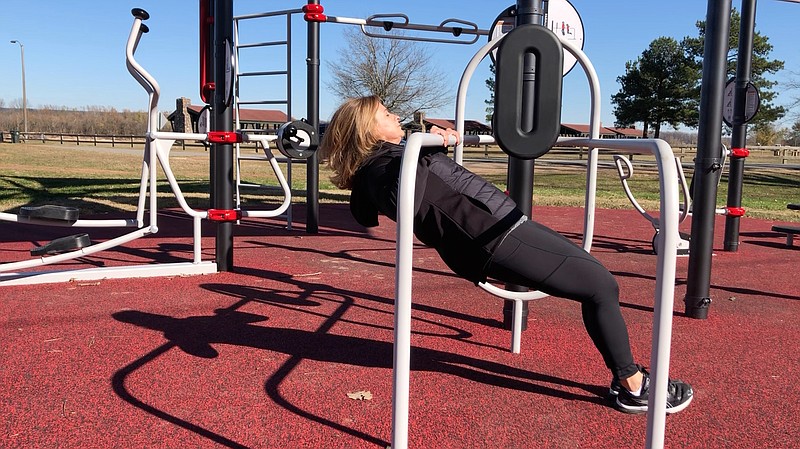Working from home provides all sorts of advantages from a wellness standpoint. No commute, a more flexible schedule and easy access to healthful food are a few of my favorites. But there are also a few drawbacks, one of which is increased screen time.
We can combat the physical challenges associated with extended sitting.
I spent the better part of 20 years working outside the home. Although I never worked in a traditional office, I experienced many of the same challenges while working in fitness centers and universities. A few years ago, I switched to working from home full time and haven't looked back.
The benefits far outweigh any drawbacks — in my opinion — but I know that I sit too much.
In and of itself, sitting is not a bad thing. All humans need rest, and sitting is a comfortable way to reduce pressure on the lower body. But sitting for seven or eight hours each day is excessive, and it's critical to find ways to counteract the physical toll that extended sitting can take.
First, it's important to stand up and walk or stretch (or both) every hour. Take some deep breaths, grab a glass of water or a good snack (nuts, fruit, etc.), and give your eyes a little break.
I rest my eyes by taking my dogs into the backyard — even when it's cold. We get some fresh air, change the scenery for a bit and unplug for a few minutes. It's a great mental and physical break from the screen.
But there are also exercises that can help. Postural correction movements are designed to counteract the hunched over position that many of us find ourselves in each day. Typically, these exercises involve drawing the shoulder blades back toward one another and/or rolling the neck to relieve tension. The goal of most postural exercises is to straighten the spine as much as possible, but there are also fitness exercises that go a step further.
This week's exercise is designed to strengthen the upper back muscles to help provide postural support. As the upper back muscles gain strength and tautness, they help to draw the shoulders back — which is a good thing from a postural perspective. The Reverse Pushup can be done almost anywhere. (We used the AARP FitLot in Little Rock's Murray Park.)
1. Stand facing the side of the dip station.
2. Grasp the handle with both hands (overhand grip) and walk your feet forward so that you are now underneath the bar.
3. Your hands should be just beyond shoulder-width apart.
4. Pull your chest up to the bar, pause for a second, then slowly lower your chest. If this is too tough, walk your feet back a little so you are lifting less of your body weight.
5. Perform two sets of 12 repetitions.
I started using this exercise to balance my upper body musculature a long time ago, but now I use it as a postural improvement movement. I don't add resistance of any kind, and I focus on moving very slowly through the range of motion to help increase muscular endurance in the upper back.
It's easy to adjust the intensity for almost any fitness level, so let's all get to work!
Matt Parrott has a doctorate in education (sport studies) and a master's in kinesiology and is certified by the American College of Sports Medicine.
vballtop@aol.com
